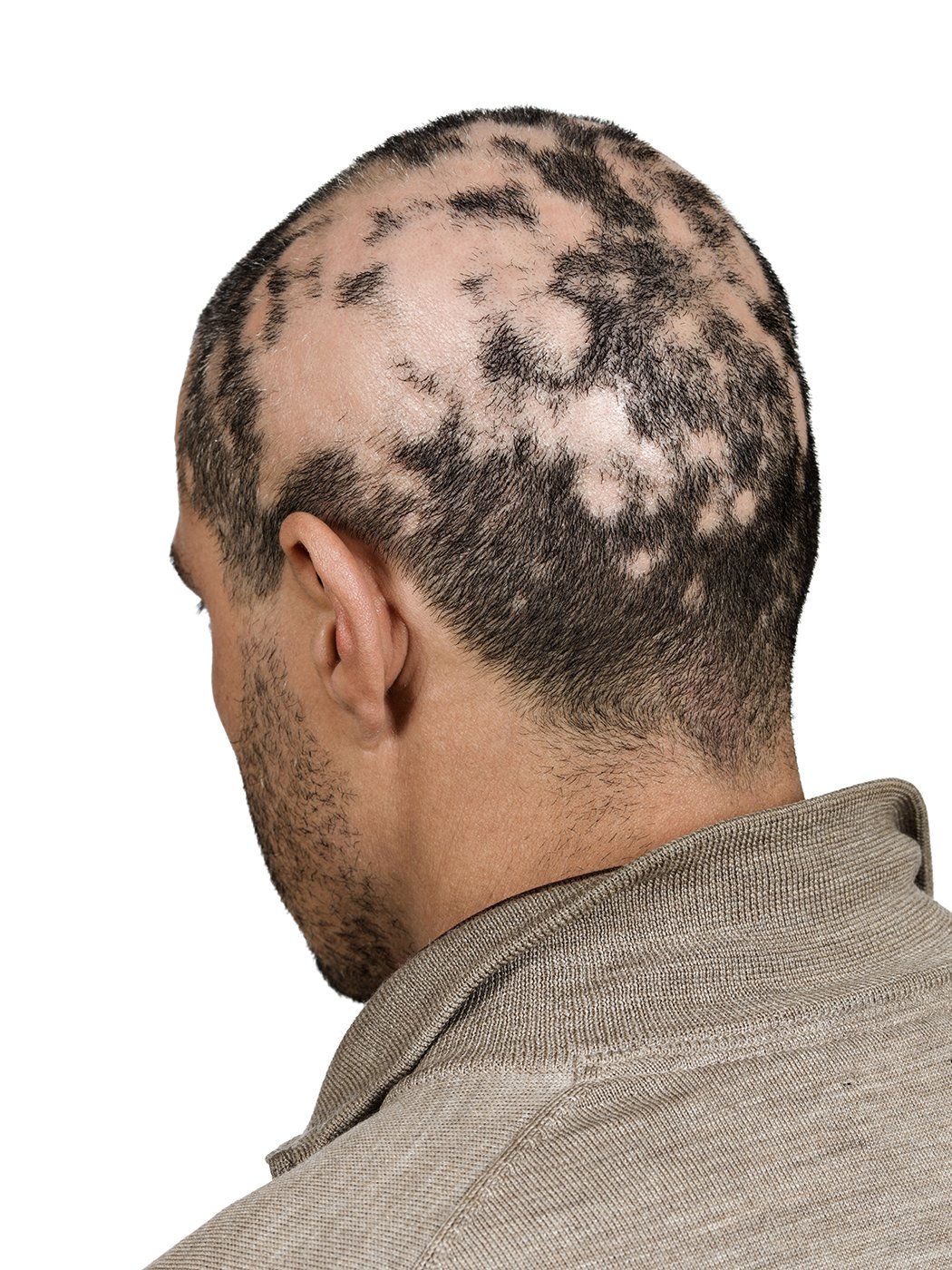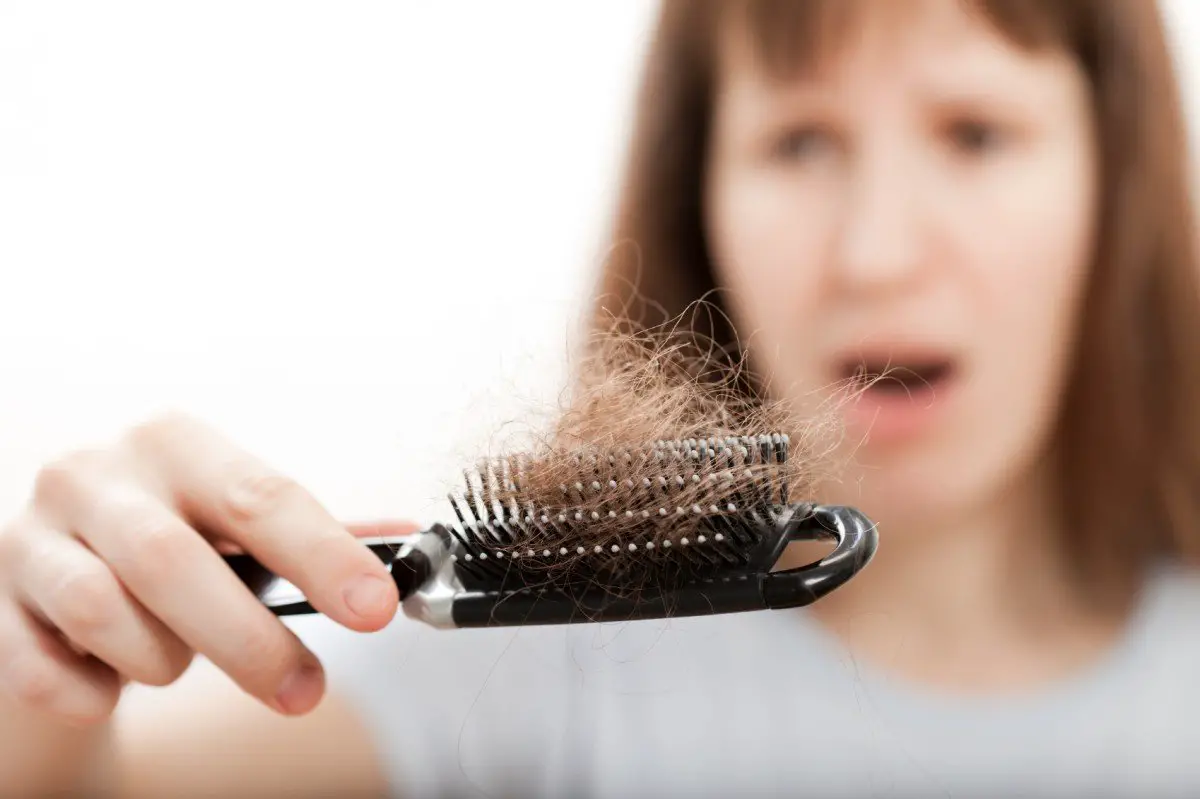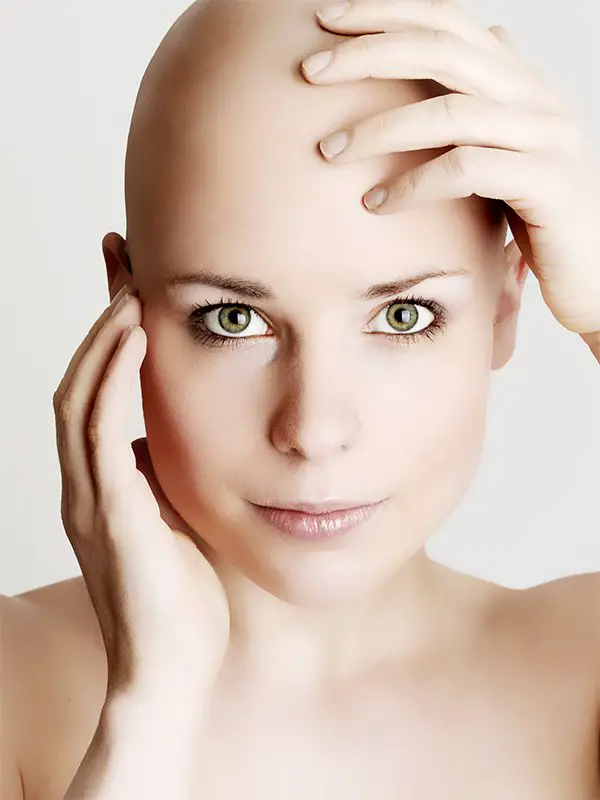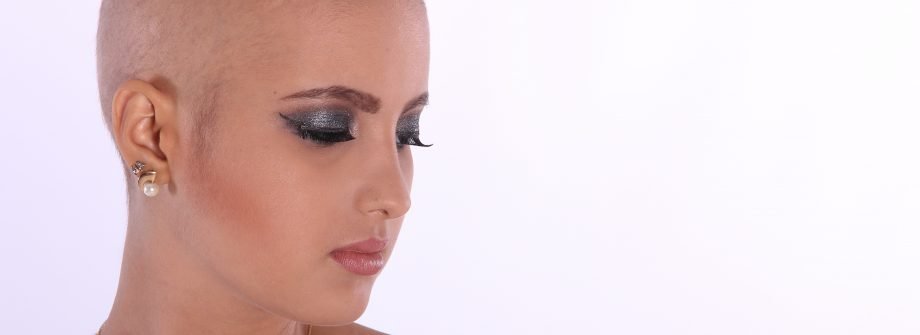Alopecia areata is a type of hair loss which develops when humans immune system by mistake attacks its own hair follicles. In cases of Alopecia Areata damages to hair follicles are usually not permanent. The biggest problem which is connected with this disease is fact that scientists still do not know why human immune system attacks hair follicles. Alopecia Areata mostly affects people who are younger than 20 years, but it can affect people of any other ages as well. It should be mentioned, that women and men are affected by Alopecia Areata equally, therefore, as we can see, no one is safe against this disease.

You can know that you have Alopecia Areata, when clumps of your hair fall out, leaving absolutely smooth and round hairless patches on your scalp. In some cases, your hair may become just thinner without leaving noticeably bald patches. In some other case your hair may grow and suddenly break off, leaving stubs which are called “exclamation point” hair.

Fortunately or unfortunately, the hair loss in cases of Alopecia Areata often comes and goes, namely, hair grows back over several months on one are, but falls out on another area. Most of people who have one episode of hair loss usually have several episodes. The hair usually grows back in a few months, maintaining the same color and texture, but sometimes it becomes fine and white. Only about 10% of people who have suffered from this disease never regrow their hair again. Considering that hair are seen as an important part of human appearance, intensive hair loss can result in feeling unattractive or even ugly.
You are more likely to have the hair loss, if someone from your family has suffered from Alopecia Areata, you have had this condition before puberty or for longer time than one year, you have some other autoimmune disease, you are prone to different allergies, you have intensive hair loss, you have fingernails or toenails which have abnormal shape, texture, thickness or color. Some people with this condition has fingernails and toenails which look like sandpaper or look pitted, namely, their surface looks as if it would be pierced with needle.

Alopecia Areata can be diagnosed through a medical history and physical examination. Usually doctor asks some questions about individual’s hair loss, looks at the pattern of individual’s hair loss, as well as examines individual’s scalp. The doctor may tug gently some hairs or pull some of them out. If the reason for patient’s hair loss is not clear immediately, doctor may do some special tests to check for a disease which may be causing the hair loss. Testing includes hair analysis or blood tests. For hair analysis doctor takes a sample of patient’s hair and examines it under a microscope. If needed, sometimes a scalp sample is also taken. Blood tests include testing for a specific condition, for example, underactive or overactive thyroid gland.
Unfortunately, Alopecia Areata like other autoimmune diseases cannot be cured, but, fortunately, it can be treated. Often patients decide not to treat Alopecia Areata, because the hair usually grows back within year. Patients who choose not to treat this disease and wait for regrowth have several options to outlive this condition. For example, wearing of hairpieces. Hairpieces are made from real or synthetic hair which are implanted into a nylon netting. Hairpieces may also be attached to the scalp with glue, tape or metal chips. It should be mentioned, that sewing or braiding of longer hair into existing hair may cause permanent hair loss. Another option is usage of certain hair care products and special hair styling techniques which can make the hair look thicker. Also continual usage of these products and styling techniques can result in more intensive hair fall, so be careful with them.

Patients who do not want to wait till their hair regrow are trying different, more intensive ways of treatment. The most common treatment for patchy hair loss is injections of corticosteroids into the scalp every 4 to 6 weeks. Corticosteroids may also be applied on the affected skin. Another rarely used procedure is contact immunotherapy which triggers an allergic reaction on the scalp, helping hair to grow. In case of immunotherapy a medicine is painted on the scalp once a week. This procedure may show some positive results within 3 months after beginning of treatment. It should be mentioned, that this procedure may cause such side effects as severe rash and swollen lymph nodes. Other therapy is psoralen with ultraviolet A light therapy or so called PUVA therapy. This therapy is suitable for those patients who have large areas of affected skin or who just cannot use other treatments. A medicine which is called psoralen makes the skin more sensitive to ultraviolet light. After applying of psoralen skin is exposed to UVA light.

